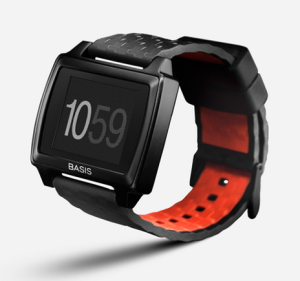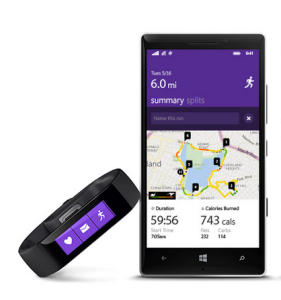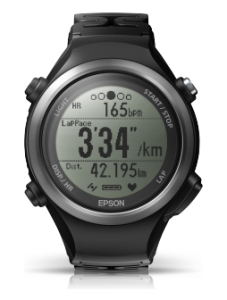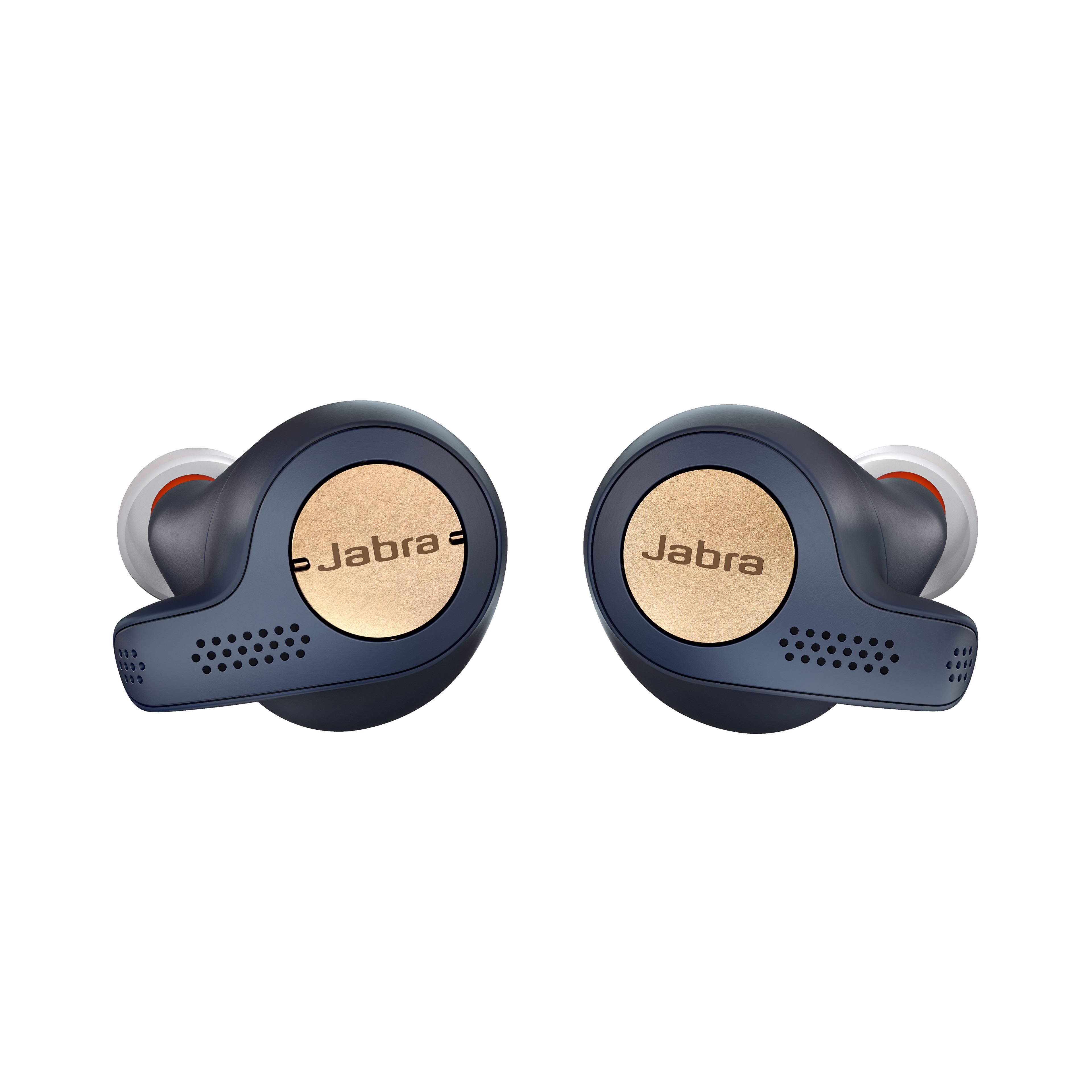Whether it’s a sports watch or a life-tracking wristband, the running scene is bursting full of tech goodies to help you become a better and healthier runner.
But due to the sheer amount of products, where does one begin? Luckily, we have our tech page which can help you make an informed decision. We always try to keep on top of the latest products, so here are three of the latest wrist wear products to grace the running scene:
Basis Peak – $199.99 – https://www.mybasis.com/
 The Basis Peak is definitely more of a lifestyle sports watch than a specific running watch.
The Basis Peak is definitely more of a lifestyle sports watch than a specific running watch.
It includes an optical heart rate monitor and is water-resistant up to 5 ATM, so it’s suitable for swimming. It claims to have a four-day battery life, but if you’re using it regularly, I would say it’s definitely less.
It can also track your sleep, however, it is prone to confuse laying down or watching TV in bed as sleeping, so the results won’t be entirely accurate.
There is no built-in GPS, so when you go for runs it will mainly analyse heart-rate, steps you took and calories burned.
You can also sync it up with your phone so that’s it’s possible to get texts through to your watch. More importantly they have a smart and reactive app that talks to the watch, showing you all your data in the form of figures and graphs. The only problem with this is you can’t go back and see previous reports, these can be e-mailed to you however.
The watch fits comfortably and is a slick look; with different wristbands available. Bear in mind the display is black and white, so don’t expect much in the way of vibrancy.
The Basis Peak is available to buy here.
Tom Bristow
Microsoft Band – £169.99 – https://www.microsoft.com/microsoft-band/en-gb
 When first putting on the Band, the first thing you realise is how clunky it is. It looks and feels a bit like you’re wearing Geordi’s visor from Star Trek on your arm.
When first putting on the Band, the first thing you realise is how clunky it is. It looks and feels a bit like you’re wearing Geordi’s visor from Star Trek on your arm.
Having said that, once you turn it on it’s a very smart piece of kit. I like to think of it as a businessman’s wristband.
With a built-in heart rate sensor as well as GPS, it is surprisingly well suited to running, despite it being a purpose built lifestyle wristband.
It communicates to the app well too, showing you your running route, calories burned and which parts of your run were the fastest and slowest. In fact it’s as detailed as many of the bespoke running watches currently available.
Other bonuses include; sleep tracking, e-mails, texts, calendar, alarms, timer and even guided workouts.
The wristband is also compatible with third party companies: Starbucks, myfitnesspal, RunKeeper, Health Vault, mapmyfitness, Nuffield Health and Strava.
The band has been advertised as having a 48 hours battery life, but it ran out pretty quick after a 7 mile run, other than that I’d say it would live up to its expectation.
In terms of display, it’s bright and purple – which takes a bit of getting used to – but definitely easy on the eye, as well as easy to use.
The Microsoft Band is available to buy here.
Tom Bristow
Epson Running watch – £259.99 – https://www.epson.co.uk/
 Lightweight, compact and easy to use, Epson’s Runsense SF-810 represents a successful move into the highly competitive world of sports watches.
Lightweight, compact and easy to use, Epson’s Runsense SF-810 represents a successful move into the highly competitive world of sports watches.
The most appealing aspect of the watch is its no-nonsense functionality. Four side buttons: ‘light’, ‘start/stop’, ‘lap’ and ‘light’ are self-explanatory to even the most stubborn of technophobes and, within each of those functions, are host of options are available.
From the main, digital time display, pressing ‘start/stop’ leads you to a screen where you can either wait a short while (typically a minute) for the GPS to locate, choose a unique indoor mode or simply skip to the performance screen, where pressing start again will immediately kick the watch in to action – all that within a matter of seconds.
The built-in heart rate function provides a surprisingly accurate reading, given that the reading is taken from your wrist, and the pacing is generally accurate. One thing to mention is that the pace displayed is the average pace for the entirety of your run; therefore, if you don’t plan on running an even pace, it’s not ideal.
Another feature is the Smart Stride Sensor, which measures your stride length to keep track of your distance and pace, even if GPS signal is lost – perfect for in-the-sticks trail running.
The Epson Runsense View Portal and Run Connect app allow you to view data from your runs and, in the case of the former, access and update a personalised training log. It must be said though, that the website is clunky and old-fashioned, unbefitting of the intuitiveness of the watch itself.
Ultimately, there’s very little wrong with the Runsense; it’s easy to use and Epson have got the HR monitor and GPS spot on. That being said, for £260, you could be forgiven for wanting a little more.
You can buy the Epson Runsense here.
Isaac Williams






